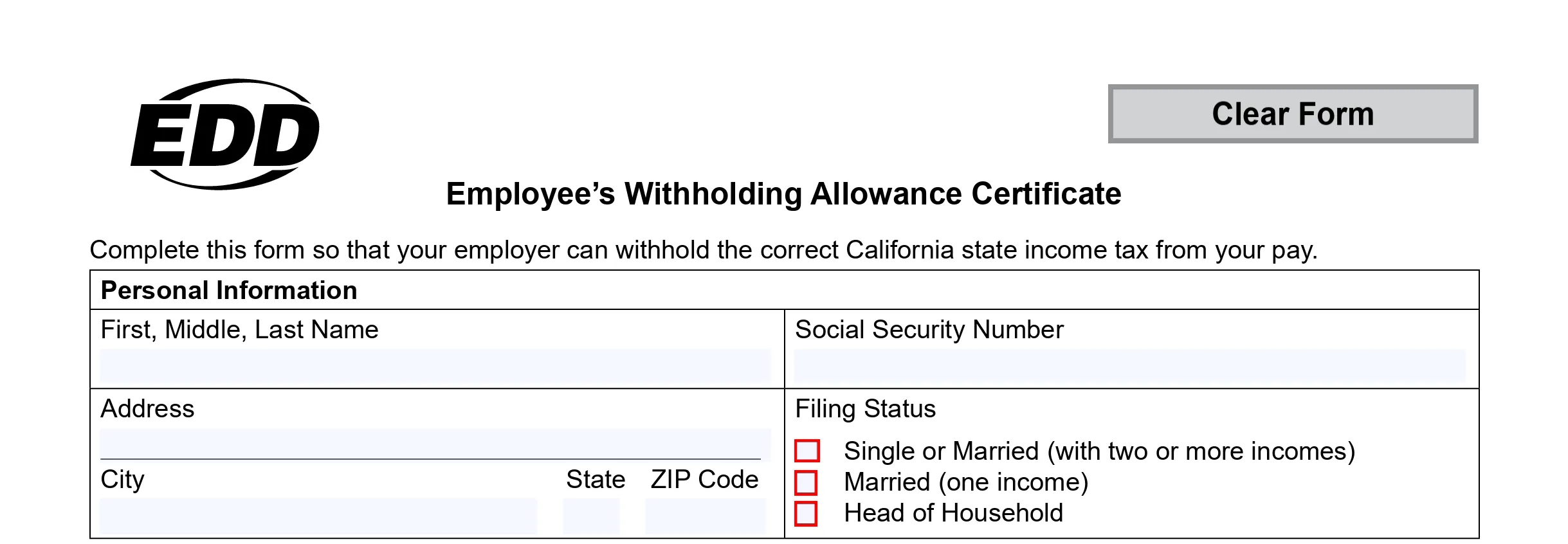Chart of Accounts for Law Firms

We hope our last post Is your Chart of Accounts set up correctly for your business type? was helpful to start building what we consider the foundation of your accounting system, The Chart Of Accounts. If you haven’t read it we encourage you to do it before jumping to the following text.
Having a proper Chart of Accounts will help you understand your Financial Reports, how the flow of the money has influenced your business and it will help you to make the right decisions to improve your profitability and success. For Law Firms, there are several accounts that are going to help you keep track of your clients’ matters, and the retainers you hold in a trust account, besides, are the right tools to keep you in compliance.
Here is a list of the additional accounts you need to add, depending on your area of expertise, you might need all of them or just some.
Trust Account Liability (Liability): If you are handling Trust Funds this is the main account where all the clients’ funds are going to be. Very important to perform your 3-way reconciliation.
Client Trust Funds (Liability): To record matter by matter funds, this will be a sub-account of Trust Account Liability. Ideal to keep track of Clients General Ledger.
Client General Retainers (Operating) (Liability): These are client funds held in the Operating account, this is not allowed in all States so please do your research on your State Guidelines before utilizing this method.
Advanced Client Cost (Asset): To record all the costs made on behalf of the client for a specific matter that will be billed at a later time to be reimbursed. Since this is considered as an upfront loan to the client it is sitting in the Balance Sheet. Usually used in cases that will take longer to be recovered like contingency cases.
Fee Income (Income): To record Attorneys Fees
Reimbursable Client Expense (Income): To record all the hard costs incurred that were paid in advance by the Law Firm.
Inhouse Reimbursed Expenses (Other Income): To record all the soft expenses, known as those expenses charged to the client that were not paid directly to a vendor. Example: Photocopies you made with your own Law Firm machine.
Reimbursable Client Cost (Expense): to record all hard costs incurred that will be later billed to be reimbursed.
Non-Reimbursable Client Cost (Expense): To record expenses related to a case that is not going to be reimbursed.
Unrecovered Client Expense (Expense): This account is going to be your last resource if you have to write off any case you are going to set in this account all the expenses related to that specific matter you were not able to recover.
Our main goal is to facilitate you with the right tools to have full control and understanding of where the money is going and how your business is performing. With accurate Financial Reports, you are going to be able to create strategies to minimize the operational cost and to maximize efficiency.
Need help? Contact us at [email protected] or by phone (510) 992-3499



